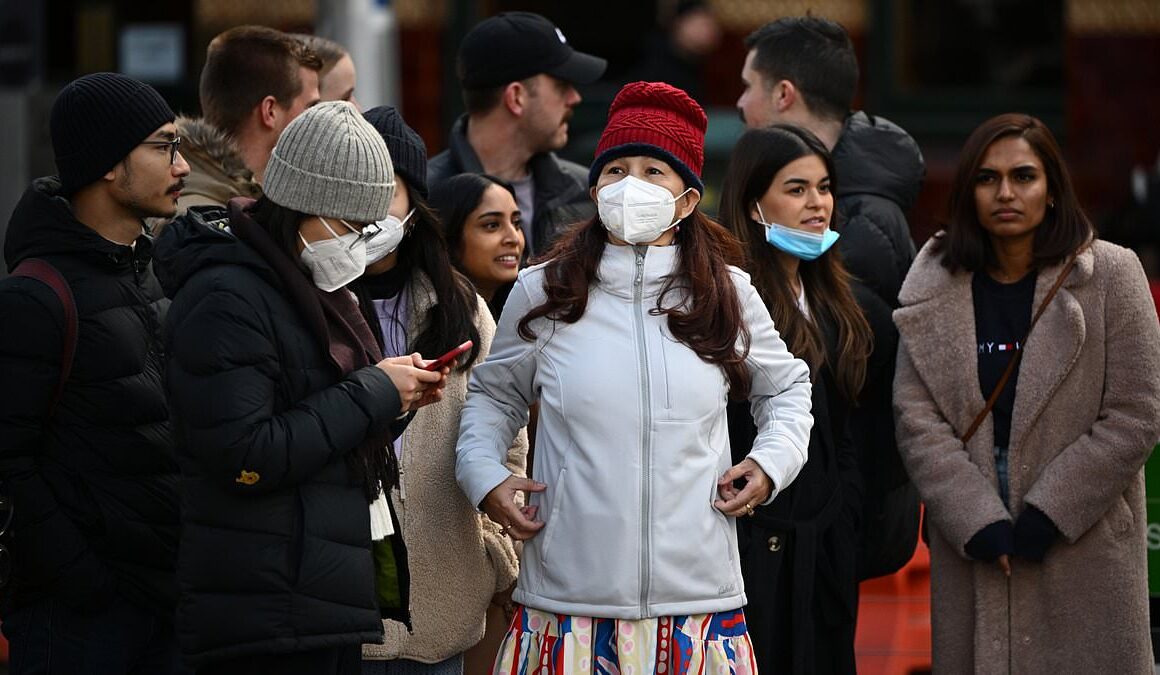Health authorities have identified the likely source of the Legionnaires’ outbreak in Melbourne which has led to two deaths and close to 90 cases.
The city is grappling with its worst outbreak of the disease in 24 years, which has resulted in 77 confirmed and nine suspected cases.
Tests have since identified a cooling tower at Laverton North in Melbourne’s west as the likely source.
‘I can confirm that one of the towers we’ve tested and which was subsequently disinfected early in our investigation has returned a positive Legionella sample,’ Victoria’s chief health officer Clare Looker said.
‘This give us increased confidence that we have identified and already treated the source of this outbreak.’
The exact location of the Laverton North cooling tower is yet to be revealed by authorities due to the ongoing investigation.
Ms Looker assured that the cooling tower had very good compliance with testing and audit requirements.
‘Of course, we’ll maintain an open mind as to whether there might have been a breakdown in process but I think until we have further details around that it’s probably tricky to speculate on what the next steps would need to be.’

Melbourne is grappling with its deadliest outbreak of Legionnaires’ outbreak in 24 years (stock image)
it comes a day after a man has become the second resident within in less than a week to die from the disease.
He contracted the illness on July 27 before dying in hospital on Sunday.
His death comes after a woman, aged in her 90s, died last Tuesday.
The outbreak is the city’s worst since since the deadly Melbourne Aquarium outbreak in 2000, which infected at least 125 people of which four died
Most diagnosed cases are adults aged over 40 and around 75 per cent spent time in hospital as a result of their infection.
‘I can confirm that we’ve not been notified of any further deaths,’ Ms Looker said.
‘I’m confident that we have now passed the peak of the cases associated with this outbreak.’
Legionnaires’ disease is a severe form of pneumonia caused by a bacterium known as legionella.

Authorities have identified a cooling tower in Melbourne’s west as the most likely source. Pictured is Victoria’s chief health officer Clare Looker

A Legionnaires’ disease outbreak in Melbourne has led to two deaths and close to 90 cases
A majority of cases can be linked to breathing in microscopic water droplets containing the bacteria and is rarely passed from person to person.
Legionella has been linked to growing in cooling towers and air conditioning units, hot water tanks, water features, drinking water, swimming pools and hot tubs.
Symptoms include fever, chills, cough, headache and muscle aches and pains,’ the state’s health department said in a statement.
‘Other atypical symptoms may include nausea, vomiting, diarrhoea and confusion.’
Those who live, work or have been to Melbourne’s Metropolitan area and presenting with symptoms have been urged to promptly seek medical care and get tested.









